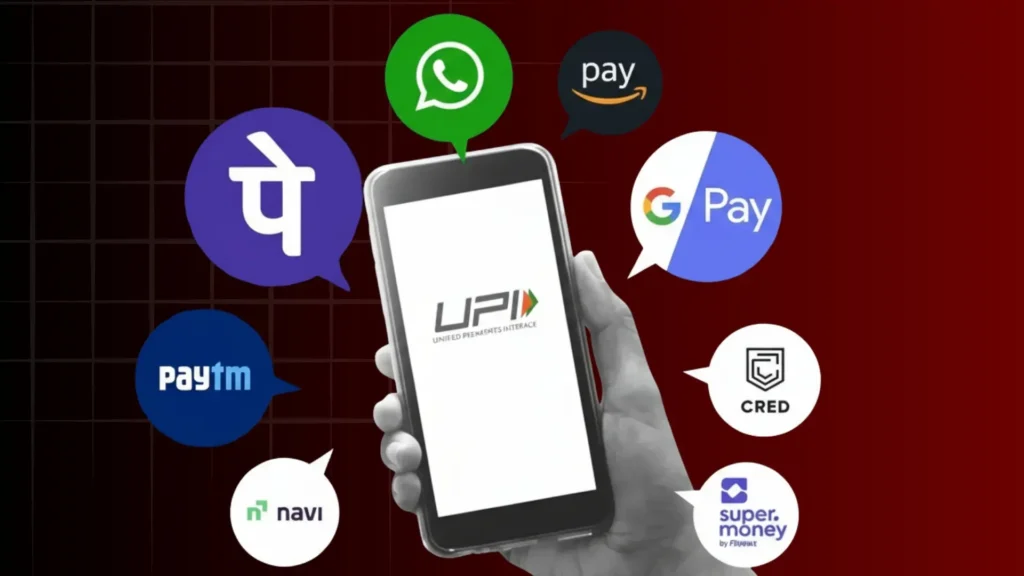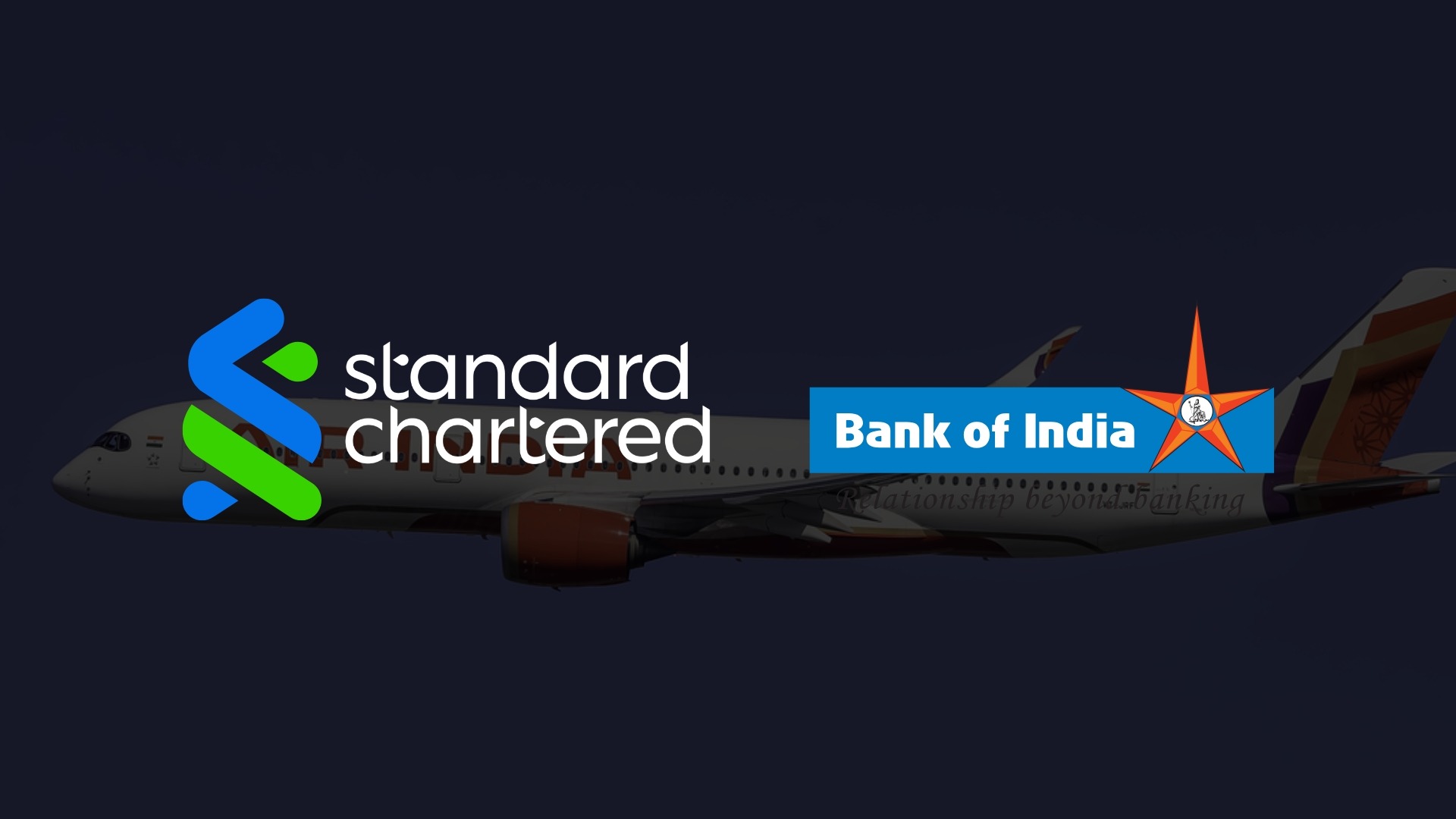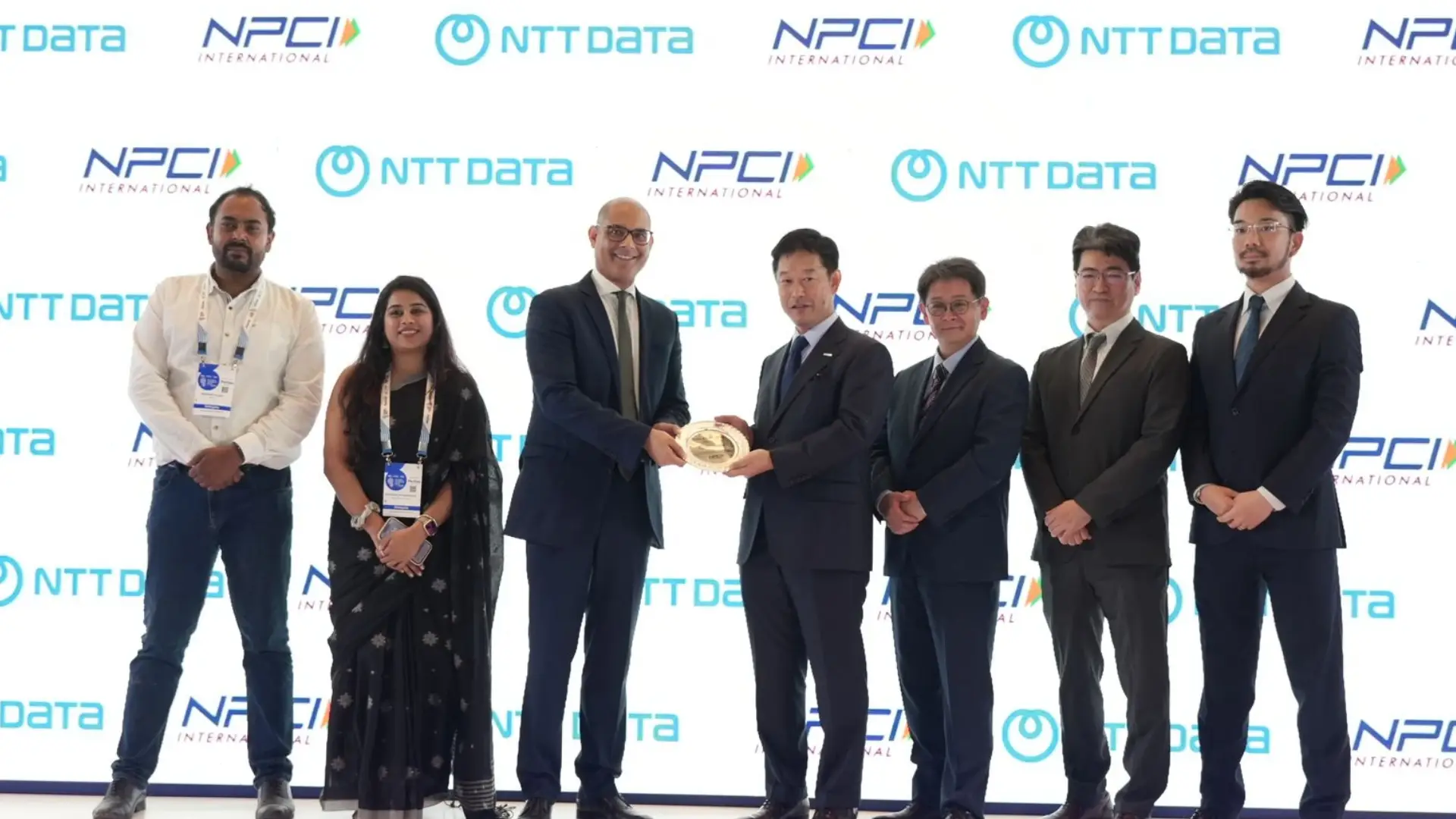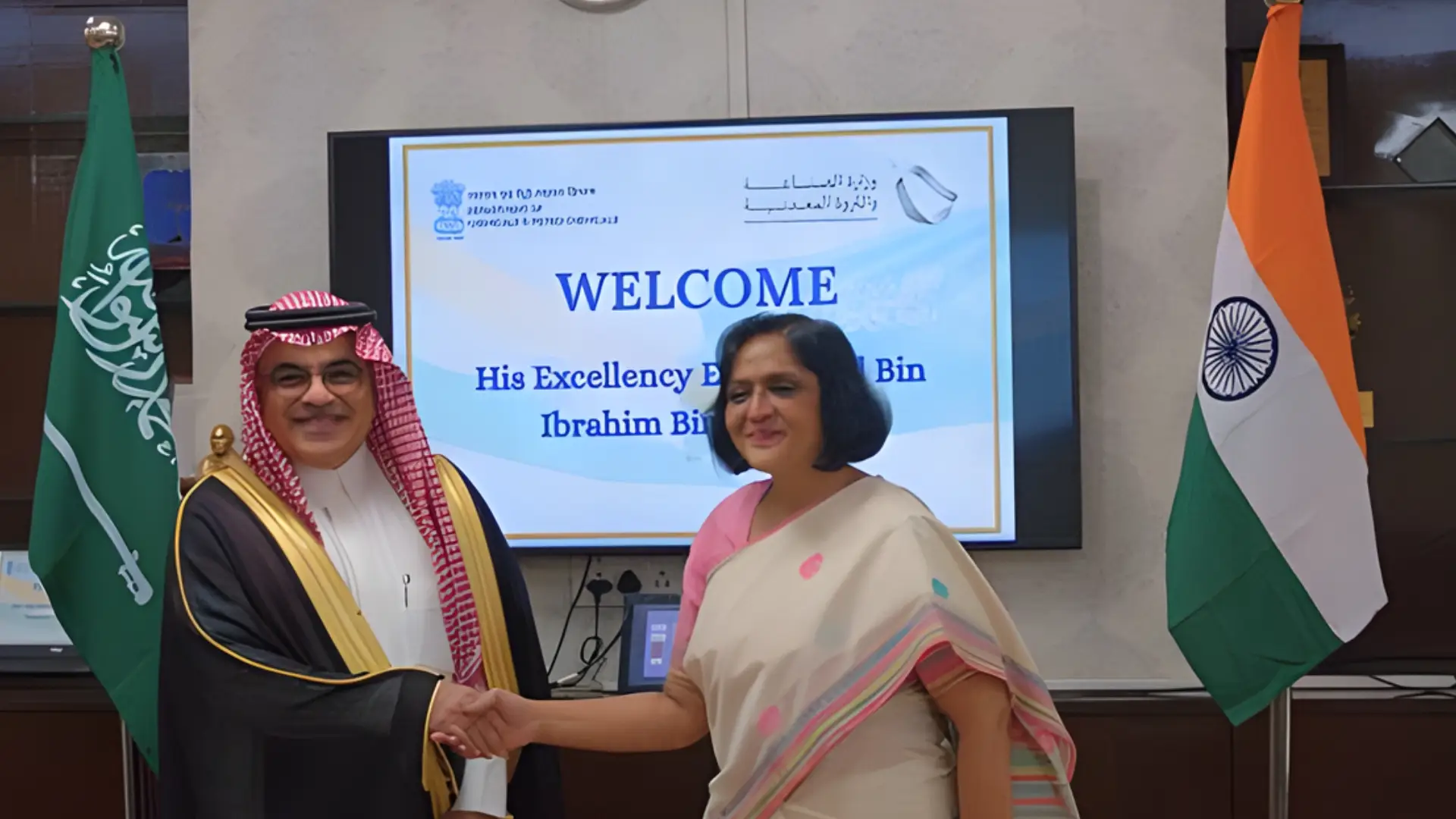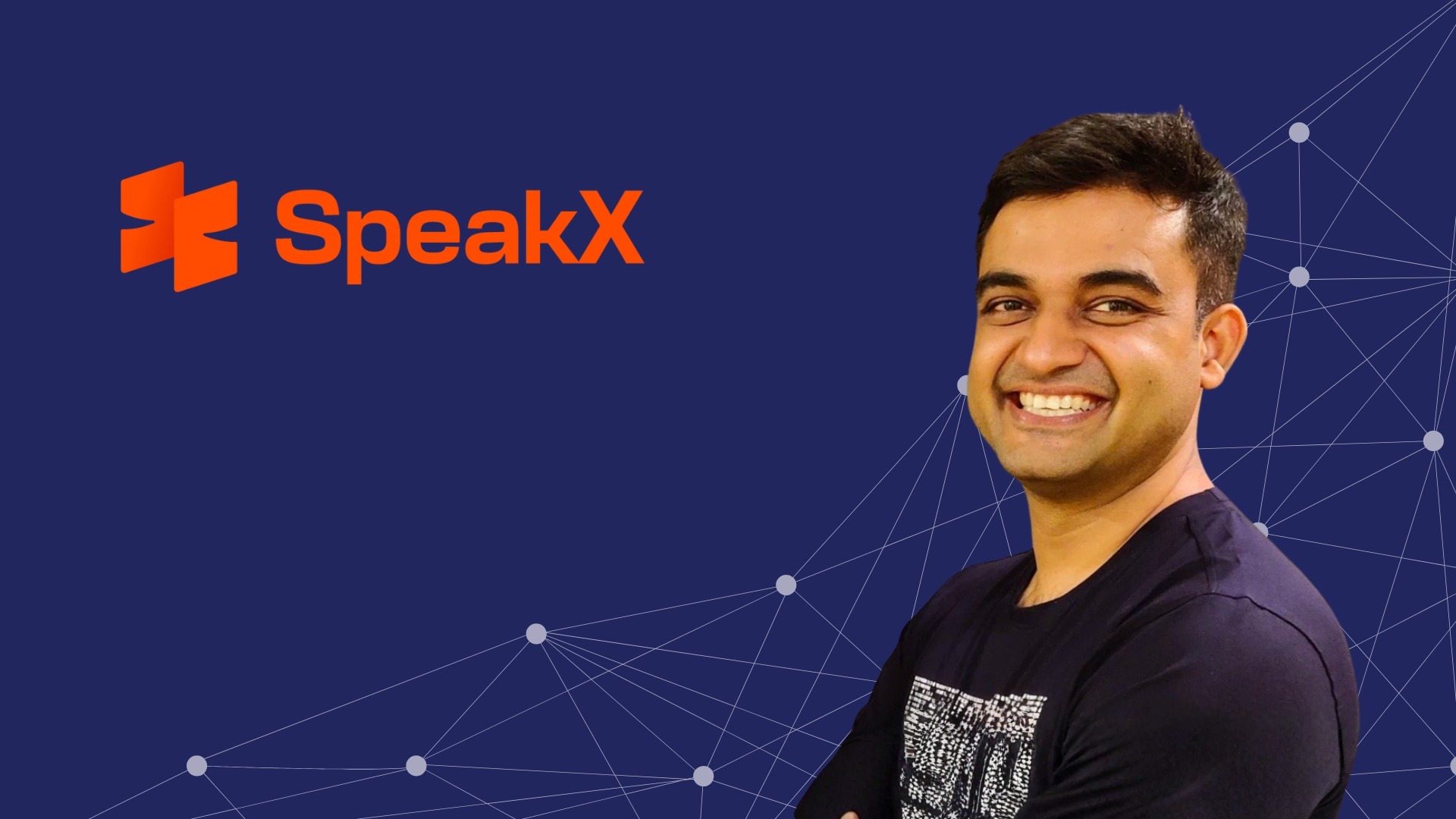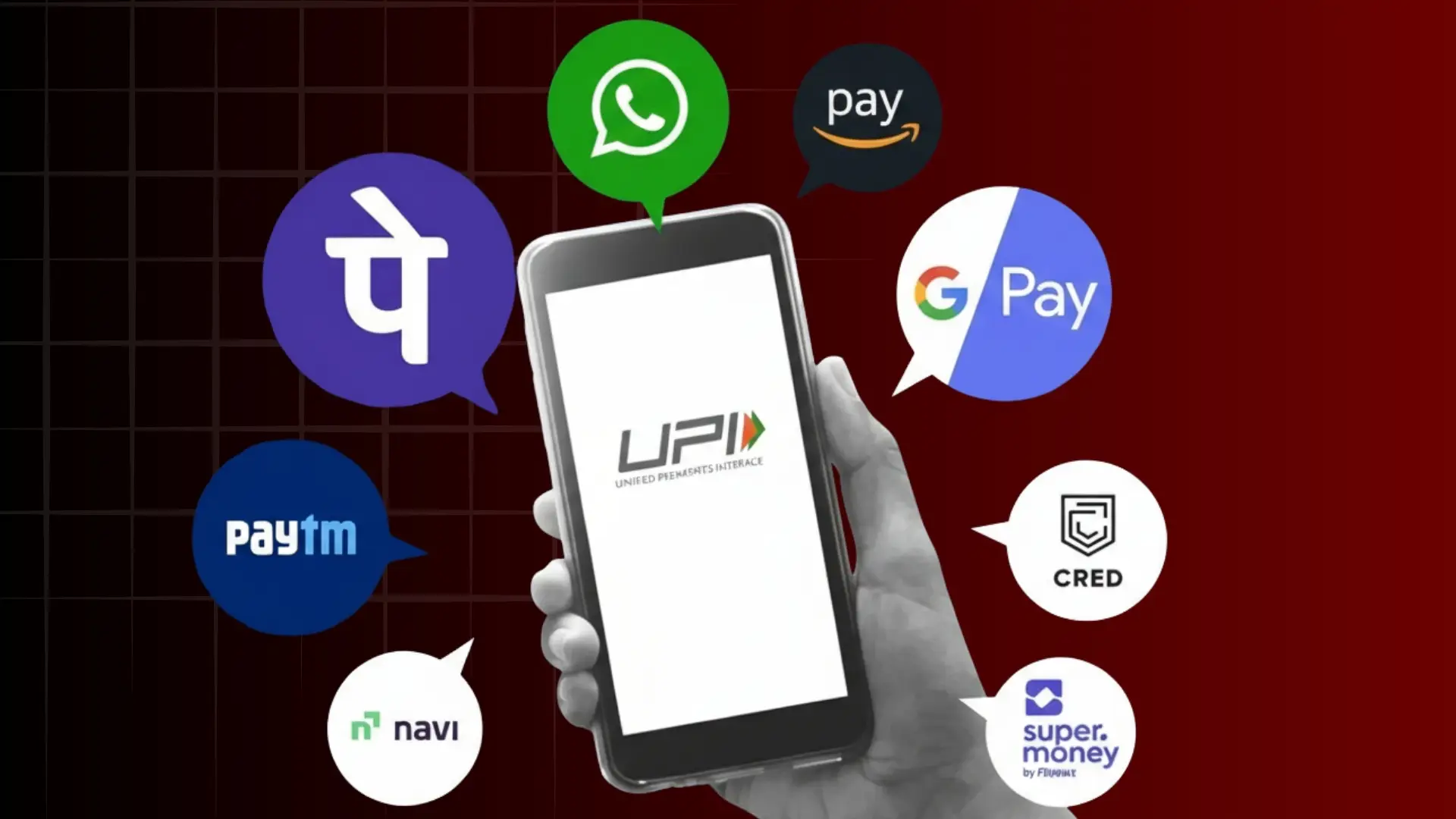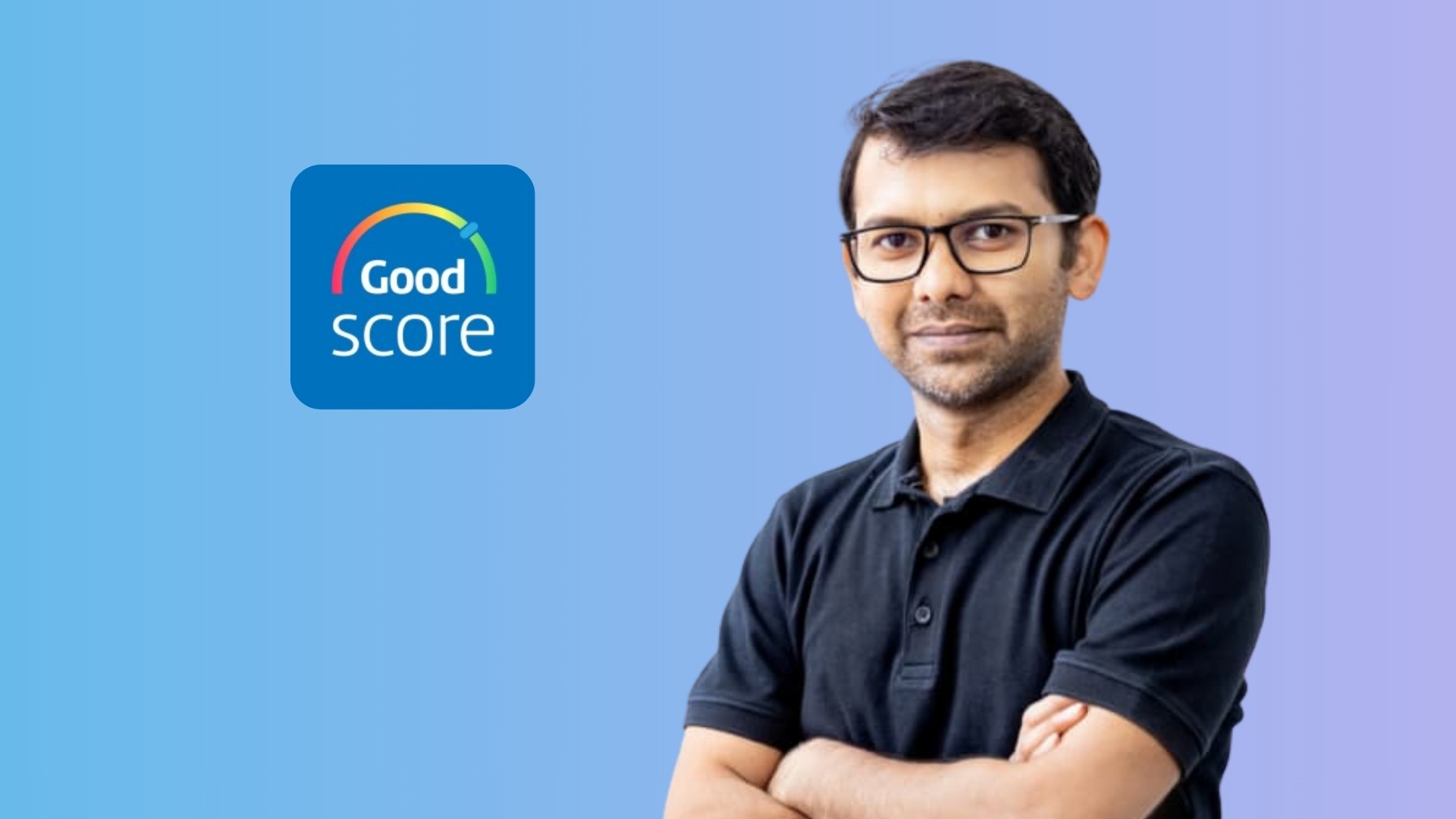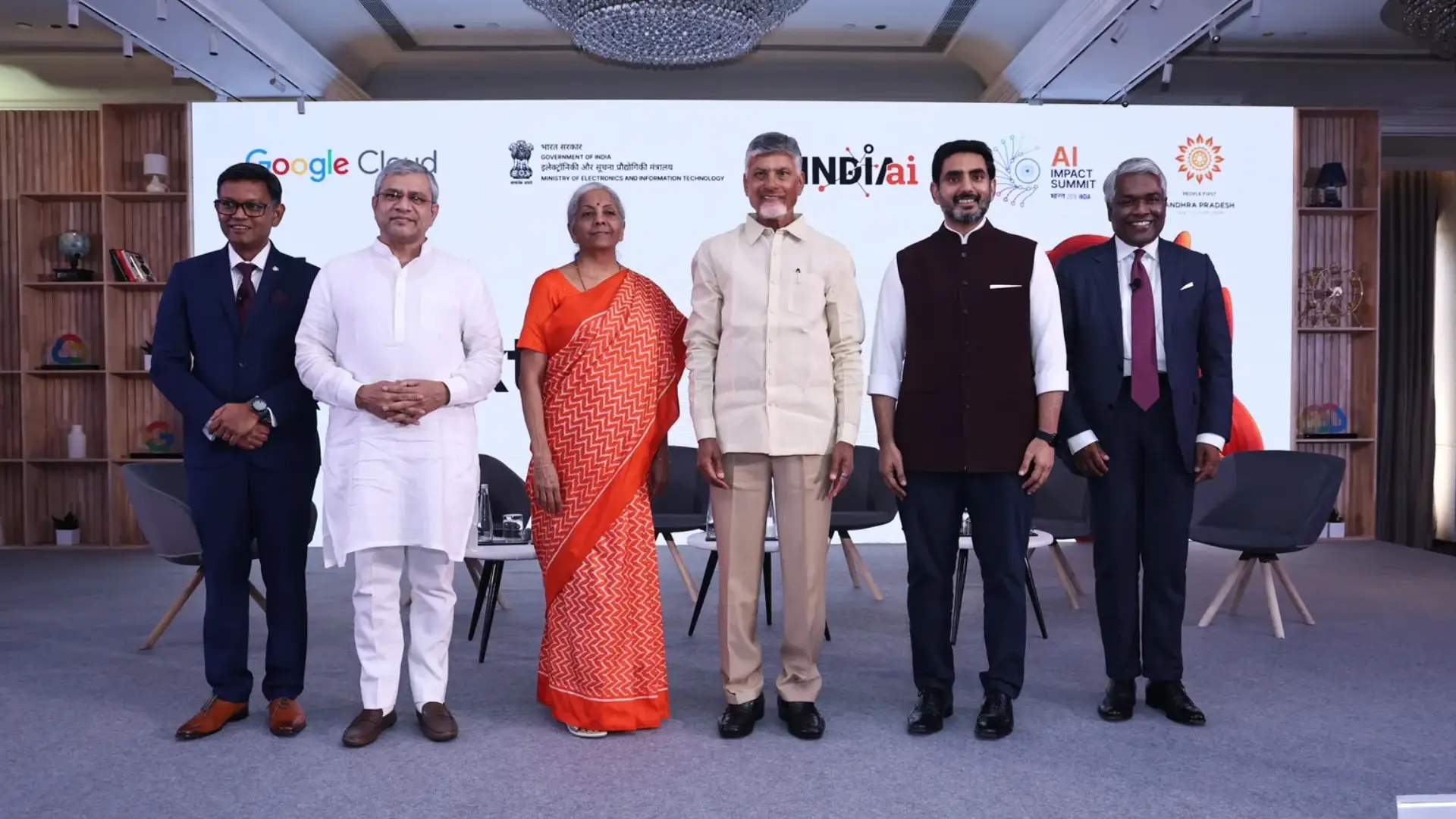Over the last 8 years we have been witnessing how UPI is rising every single month with respect to the transaction volumes. What started a few years back now transacts billions in just a day or so. Well, the space is also crowded with numerous players, but PhonePe still rules it with dominant market share. Whereas other players also hold a decent share, PhonePe is undoubtedly the market leader for UPI payments. Now in this regard, if we see the statistics of UPI transactions and market share for the month of August, there was a decline in the share of top players. This can be attributed to the rise of new players. To give you a clearer picture, let’s first look at the recent UPI transaction data and market share distribution and then dive deeper into what’s driving these changes, from Navi’s aggressive growth strategy to super.money’s reward-led expansion and even Paytm’s continuing struggle to regain lost ground.
According to the National Payments Corporation of India (NPCI), the governing body that manages UPI, the top three apps collectively lost seven percentage points in market share over the last 18 months. The trio of PhonePe, Google Pay, and Paytm, which processed a staggering 95.2% of all UPI transactions in January 2024, now account for about 88.3% as of July 2025. The latest data for September 2025 further underscores this gradual shift. India’s UPI ecosystem processed 19,633.43 million transactions during the month, with a total transaction value of ₹24,89,736.54 crore. While the overall transaction count dipped marginally compared to August, the total value of payments rose slightly, a sign that users continue to rely on UPI for higher-value transactions even as frequency stabilizes. PhonePe maintained its market leadership, commanding 45.6% of total transaction volume, and Google Pay followed with a 34.8% share, while Paytm held steady at 7.1% of the volume. When compared with August, PhonePe’s market share by volume edged down slightly from 45.74% to 45.6%, while its share by value remained unchanged at 48.4%. Google Pay also saw a marginal decline from 35.30% to 34.8% by volume and 35.55% to 35.1% by value. Meanwhile, Paytm’s share stayed nearly flat, inching up from 7.0% to 7.1% by volume.
But for a second, if we zoom out and understand why there is a fluctuation and what’s happening, we will get a clear picture. These small but consistent month-on-month shifts highlight the ongoing diversification in the UPI space. NPIC’s plan and efforts to break the market concentration almost seem like they are progressing. The body’s stated goal was first announced in 2022 to cap the market share of any single UPI app at 30% of overall transaction volumes to mitigate systemic risk. The rationale is simple: with billions of transactions being processed daily, relying too heavily on one or two apps could pose a major risk in the event of a system failure or policy disruption. However, despite visible progress, the market still remains highly concentrated, with PhonePe alone commanding nearly half of all UPI volumes.
Now, though we saw a dip in its share, undoubtedly PhonePe is the market leader. But what we need to realize and understand is that the top three players lost 7 percentage points in share. In that scenario, who else is gaining the momentum? Over the years, and especially in the last two years, to be precise, new players started impacting the ecosystem. From Sachin Bansal’s Navi, Flipkart-backed super.money, and the NPCI’s own BHIM app, they have gained traction. According to the latest NPCI data, Navi recorded 2.7% of total transaction volume and just over 1% of total transaction value, while super.money captured 1.3% of the volume and 0.4% of the value. Well, these figures may look smaller, but it all happened in a smaller period. Navi is leveraging its existing ecosystem of loans, insurance, and mutual funds and bringing its customers into its payments network. When they combine UPI with its financial products, this allows users to seamlessly move from spending to investing and borrowing all in one platform. So, Navi is playing its integrated approach in its own style. Whereas Super.Money is grabbing attention by offering cashbacks and rewards. Well, they just started at the end of 2023, but in less than a 2-year period, they already surpassed existing players such as Cred. The BHIM app, NPCI’s own initiative, has seen renewed growth following UI improvements and government-backed awareness campaigns.
That’s how India’s UPI landscape is changing its dynamics faster every single month. This change is healthy, and rising competition is also healthy from the consumers’ point of view, but when we see it from the commercial view, it further increases the burden on players as the cost of acquisition rises. Top players have successfully attracted customers, but retention has become a new problem. The space is developing in an interesting way. While new players are offering cashbacks and new offers, how these dominant players continue to keep customers remains a key watch point. Let’s see how this space turns out.
Also Read: Google Selects Visakhapatnam as India’s First AI Hub, Commits $15 Billion Investment


